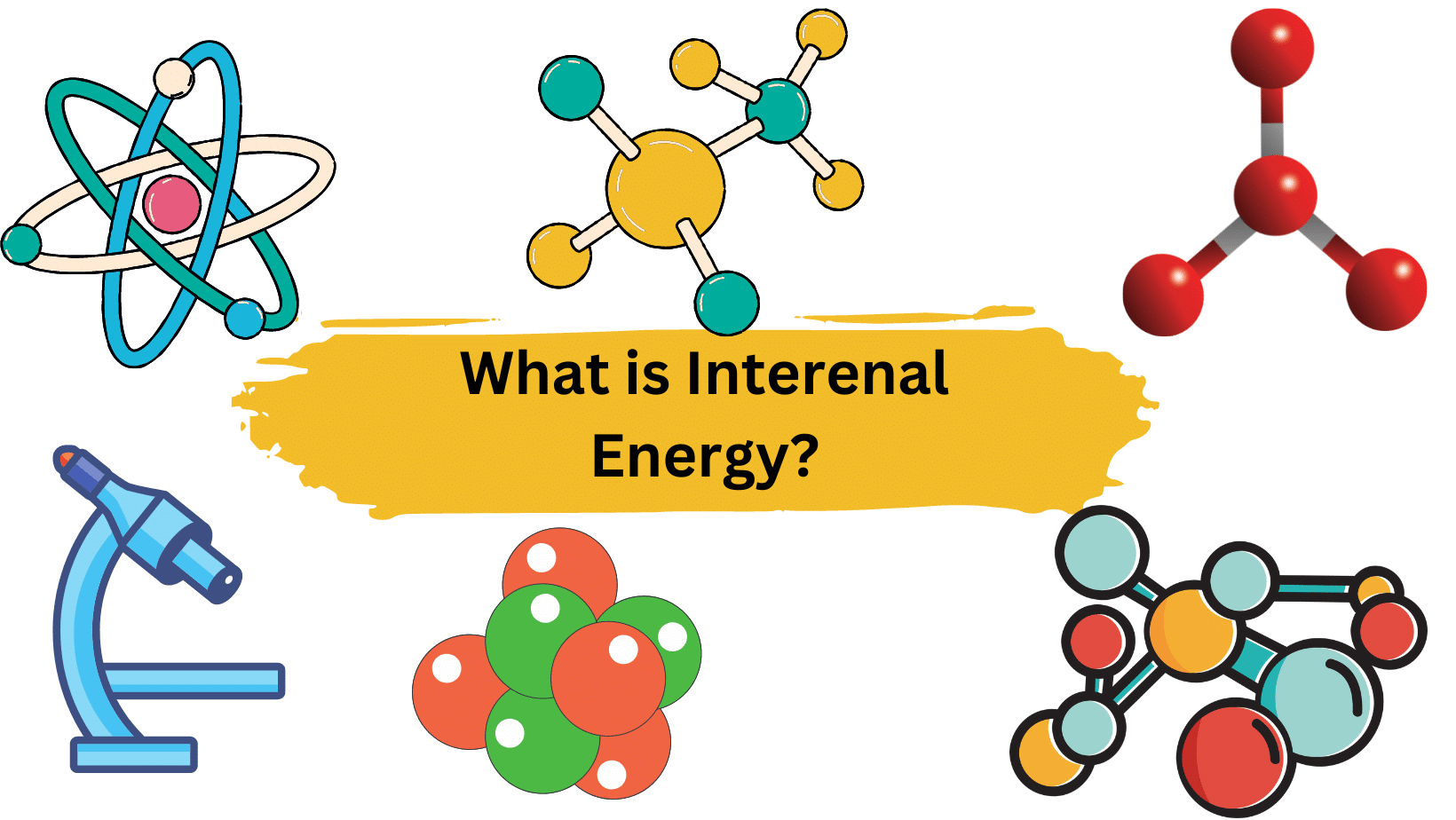A dipole moment is simply a measurement of a molecule’s net polarity.
When polar bonds are irregularly distributed around the core of a molecule, the charge distribution over the entire molecule is uneven, resulting in a polar molecule.
One example of a polar molecule is ammonia (nh3).
In Nh3, One nitrogen atom is covalently linked to three hydrogen atoms. Because nitrogen attracts electrons more strongly than hydrogen, the electrons they share are pulled to nitrogen rather than hydrogen.
This results in a partial negative charge on nitrogen (shown by a minus sign on N) and a partial positive charge on hydrogen (represented by a plus sign on each).
Ammonia is polar due to the existence of both positive and negative charges on the molecule and hence has a net dipole moment.
Table of Contents
Dipole Moment in Simple Terms
- A dipole moment is a measure of the separation of electrical charges in a molecule.
- It results from differences in the electronegativity of the atoms in the molecule.
- The dipole moment creates a dipole, which can affect the molecule’s physical and chemical properties.
- The dipole moment is typically measured in Debye units (D).
- A higher dipole moment indicates a greater separation of charges and greater polarity.
- A lower dipole moment indicates less separation of charges and less polarity.
Real-Life Examples of Dipole Moment
| Molecule | Polarity | Dipole Moment (D) | Explanation |
|---|---|---|---|
| Water (H2O) | Polar | 1.85 | Oxygen has a higher electronegativity than hydrogen, resulting in a partial negative charge on the oxygen atom and a partial positive charge on the hydrogen atoms. |
| Ammonia (NH3) | Polar | 1.47 | Nitrogen has a higher electronegativity than hydrogen, resulting in a partial negative charge on the nitrogen atom and partial positive charges on the hydrogen atoms. |
| Hydrogen fluoride (HF) | Polar | 1.83 | Fluorine has a higher electronegativity than hydrogen, resulting in a partial negative charge on the fluorine atom and a partial positive charge on the hydrogen atom. |
| Carbon dioxide (CO2) | Nonpolar | 0 | The two carbon-oxygen double bonds are arranged symmetrically, resulting in the dipole moments of the bonds cancelling each other out. |
| Methane (CH4) | Nonpolar | 0 | The four carbon-hydrogen bonds are arranged symmetrically, resulting in the dipole moments of the bonds cancelling each other out. |
| Chlorine gas (Cl2) | Nonpolar | 0 | The two chlorine atoms have the same electronegativity and the dipole moments of the two C-Cl bonds cancel each other out. |
Dipole-Dipole Moment Formula
| The formula for Dipole Moment | SI Unit | Unit in Chemistry |
|---|---|---|
| μ = Q × r | C⋅m | – |
| μ = Q × r | C, m | – |
| μ = Q × r / 3.336 × 10^-30 | – | Debye (D) |
Note: Q is the magnitude of partial charges in Coulombs (C) or electron charges (e), r is the distance between the charges in meters (m) or Angstroms (Å), and one Debye (D) is equal to 3.336 × 10^-30 C⋅m.
Summary
- The separation of two opposed electrical charges is measured by a dipole moment.
- The quantity of dipole moments is a vector quantity.
- The direction is from negative charge to positive charge, and the magnitude is equal to the charge multiplied by the distance between the charges.
- Dipole moments are measured in coulombmeters (C m) in SI units, although due to the small magnitude of the charges, the historical unit for a dipole moment is the Debye.
- One Debye is approximately 3.33 x 10-30 C·m. A typical dipole moment for a molecule is about 1 D.
Solved Problem
Problem 1: Calculate the dipole moment of the HBr molecule, assuming that the bond length is 141.2 pm and the difference in electronegativity between hydrogen and bromine is 0.73.
Solution:
The dipole moment of a molecule can be calculated using the formula μ = Q × r, where Q is the magnitude of the partial charges on the atoms in the molecule, and r is the distance between the charges.
The magnitude of the partial charges on the atoms in the HBr molecule can be calculated using the formula:
Δχ = χ(Br) – χ(H)
where Δχ is the difference in electronegativity between the two atoms, and χ is the electronegativity of each atom. In this case, we have:
Δχ = 3.0 – 2.27 = 0.73
Therefore, the magnitude of the partial charges is:
Q = Δχ × e = 0.73 × 1.602 × 10^-19 C = 1.17 × 10^-19 C
where e is the elementary charge.
The distance between the charges is given as 141.2 pm, which is equal to 1.412 × 10^-10 m.
Using the formula μ = Q × r, we get:
μ = 1.17 × 10^-19 C × 1.412 × 10^-10 m = 1.65 × 10^-29 C⋅m
Therefore, the dipole moment of the HBr molecule is 1.65 × 10^-29 C⋅m.
Questions
- What is the dipole moment of a molecule that has a partial charge of 2.5 × 10^-19 C at one end and a partial charge of -2.5 × 10^-19 C at the other end, with a distance of 1.5 Å between the charges? Express your answer in Debyes (D).
- Which of the following molecules has the greatest dipole moment: HF, HCl, or HBr?
- What is the partial charge on each atom in a water molecule (H2O) if the dipole moment of the molecule is 1.85 D and the distance between the charges is 1.0 Å?
- Which of the following molecules has a dipole moment of zero: CH2Cl2, CO2, or HCN?
- A molecule has a dipole moment of 2.5 D and a bond length of 1.0 Å. If the partial charge on one end of the molecule is -1.5 × 10^-19 C, what is the partial charge on the other end?
Answers
- Using the formula for dipole moment (μ = Q × r), we can calculate the dipole moment of the molecule: μ = (2.5 × 10^-19 C) × (1.5 Å) = 3.75 × 10^-30 C m Converting this to Debyes, we get: μ = 2.37 D
- To determine which molecule has the greatest dipole moment, we need to consider the difference in electronegativity between the two atoms in each molecule. The greater the electronegativity difference, the greater the dipole moment. In this case, the electronegativity difference is greatest for HF, so it has the greatest dipole moment.
- Using the formula for dipole moment (μ = Q × r), we can rearrange it to solve for the partial charge (Q): Q = μ / r Plugging in the values given, we get: Q = (1.85 D) / (1.0 Å) = 1.85 × 10^-29 C Since water is a polar molecule, the partial charge on the oxygen atom is negative and the partial charge on each hydrogen atom is positive. Therefore, the oxygen atom in water has a partial charge of -1.85 × 10^-29 C, and each hydrogen atom has a partial charge of 9.25 × 10^-30 C.
- CO2 has a dipole moment of zero because it is a linear molecule with two polar bonds oriented in opposite directions, cancelling out each other’s dipole moment. CH2Cl2 and HCN both have dipole moments because they have a net dipole moment resulting from their polar bonds.
- Using the formula for dipole moment (μ = Q × r), we can rearrange it to solve for the partial charge (Q): Q = μ / r Plugging in the values given, we get: Q = (2.5 D) / (1.0 Å) = 2.5 × 10^-29 C Since one end of the molecule has a partial charge of -1.5 × 10^-19 C, the other end must have a partial charge of 1.0 × 10^-19 C to give a net dipole moment of 2.5 D.
More Interesting Topics
CH4 Lewis Structure & Molecular Geometry
Is BF3 Polar or Nonpolar?
Is HCl Polar or Nonpolar?
NH3 Lewis Structure & Molecular Geometry
SO2 Lewis Structure| 4 Simple Steps
CH4 Polarity| Simple Explanation
Is NH3 Polar or Nonpolar?| Simple Answer
Charge of Ammonia (NH3)| Simple Steps
- BCl3 Lewis Structure in four simple steps - November 1, 2023
- PH3 Lewis Structure in four simple steps - October 8, 2023
- PF3 Lewis structure in four simple steps - September 24, 2023



